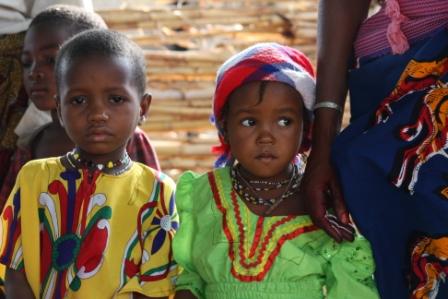The bacteria that cause the respiratory infection is spread primarily during dry weather, said Médecins Sans Frontières (MSF)-Switzerland’s emergency medical coordinator Anja Wolz, who spoke to IRIN from Zinder, southeast Niger – one of this year’s hardest-hit regions. “About every seven years, we have an outbreak as serious as the one we saw this year. It is cyclical and foreseeable. We had already started preparing our vaccine stock last year.”
As of 12 May Zinder had more than 3,000 infections and 90 deaths – one-fourth of the nationwide infection and death toll – according to the government.
Nigeria and Niger, two of the most affected countries in Africa’s meningitis belt this year, requested almost five million vaccines from the World Health Organization’s (WHO) meningitis vaccine stockpile.
“None of the region’s six districts are in epidemic phase,” said Wolz. “The danger has passed.”
MSF has concluded its meningitis vaccination assistance in all of Niger for this season.
When asked whether the presence of any co-infections or other diseases emerged during the meningitis vaccinations, Wolz said there were cases of measles, but not enough to put the region on medical alert.
The government has also reported measles infections in the central Tahoua region northwest of Zinder.
Measles’ 2009 West Africa comeback
Wolz told IRIN that in addition to infectious diseases, malnutrition in Zinder requires ongoing treatment.
As of 5 May more than 12,000 cases of meningitis were reported nationwide in 2009 with 488 deaths, or a mortality rate of 4 percent.
WHO deems an epidemic to be under control if the death toll is less than 10 percent.
pt/np
This article was produced by IRIN News while it was part of the United Nations Office for the Coordination of Humanitarian Affairs. Please send queries on copyright or liability to the UN. For more information: https://shop.un.org/rights-permissions





